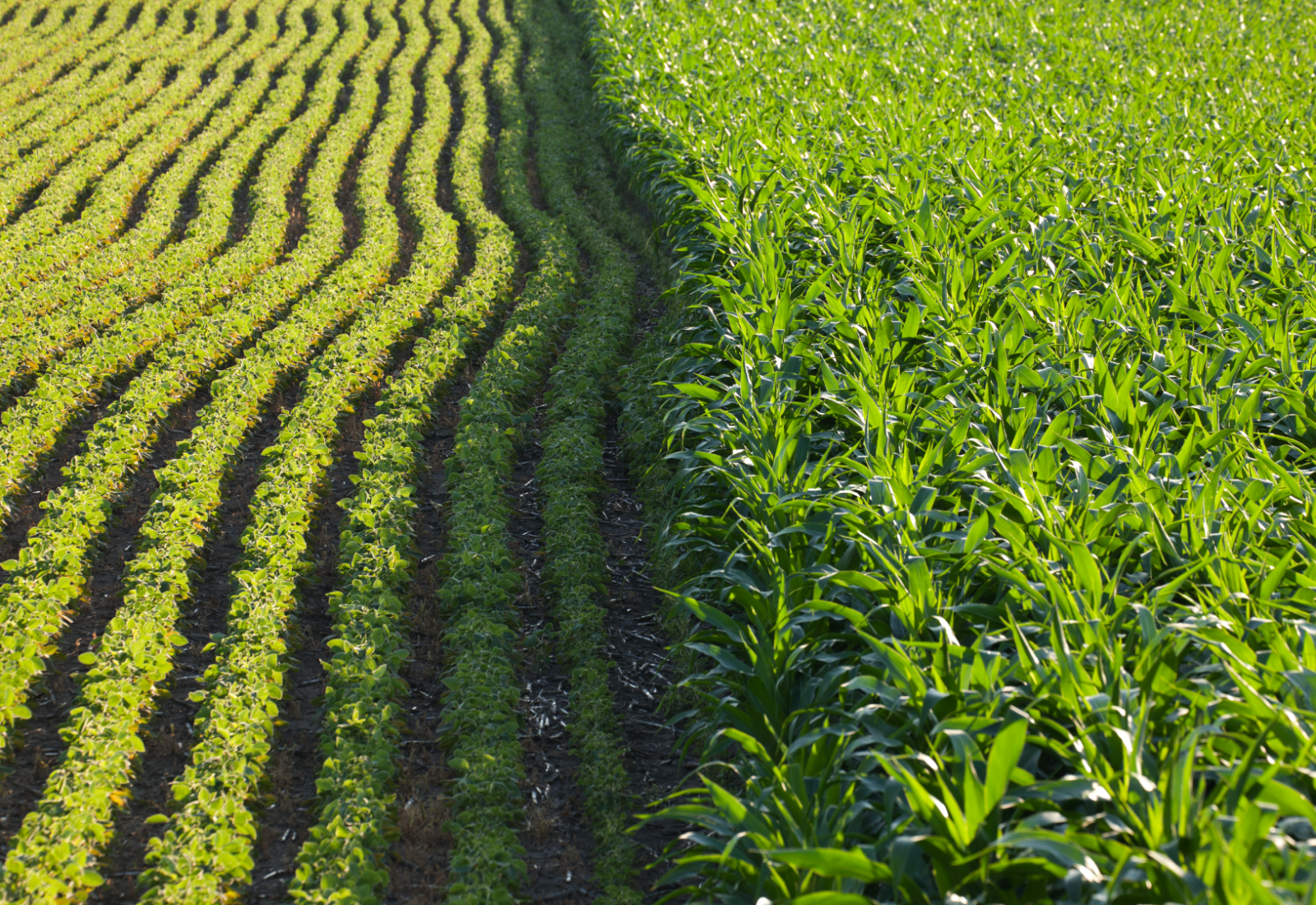Adding Corn to a Prairie Rotation

Written by Ron Friesen
Adding corn to a Prairie crop rotation can produce positive economic benefits. There are certain factors that growers need to carefully consider before doing so, industry officials say.
“The total net profit can be quite favourable with corn,” says Anne Kirk, a feed grains specialist with Manitoba Agriculture.
The interest in adding corn to Prairie rotations has certainly been on the rise, and deservingly so, but there are important things to factor in when deciding how best to grow corn.
Effective use of a crop rotation can have a significant influence on crop yields. Typically, corn grown after canola and soybeans in Manitoba shows positive yield responses, says Kirk. She encourages growers to include a range of crops in their rotations and not to make them too narrow.
“The best crop rotation is a diverse crop rotation, including a variety of crops such as broadleaf crops and grasses, as well as nitrogen-fixing crops such as soybeans,” Kirk says.
Corn is an established crop in the Red River Valley, where Manitoba producers are growing corn and soybeans in rotation quite successfully. Farmers are seeing the benefit of corn on their fields, including breaking up the cycle of root rot pathogens such as pythium and rhizoctonia.
Morgan Cott, a field agronomist with the Manitoba Corn Growers Association agrees corn and soybeans are a convenient rotation, but warns against a continuous rotation of corn and soybeans for too long of a duration. Growing cereals and canola along with corn and soybeans will help farmers capture sustainable rotational benefits such as disease and herbicide management.
Something else to regard before incorporating corn into the rotation is whether it is suitable for your growing region, says Kirk. There have been recent advances in developing early-maturing hybrids, but corn is still a relatively late season crop and may not be suited to regions with a cooler, drier climate and a shorter growing season.
When selecting a corn hybrid, be sure to understand its relative maturity and its suitability for your region. “The number of growing degree days or corn heat units in a region really dictate which hybrids you are able to incorporate corn into a rotation,” says Kirk.
Another consideration is having access to the proper equipment. Cott says a corn planter is practically essential because air seeders cannot provide a consistent planting depth and seed count. She advises growers to have access to a corn planter, either owned or rented, before deciding on corn. Having corn custom planted is a common practice for growers who wish to grow corn, but who are not yet ready to invest in their own planter.
A dryer is necessary to lower grain moisture content, since corn coming off the field contains around 25 per cent moisture and needs to be dried down to 15-16 per cent for storage. Fortunately, many grain growers already have drying equipment to assist in drying down other tough grain on their farms.
Adding corn to your rotation will require learning specifics about hybrid performance, planting, weed control, harvest, drying and storage. It will require investment of your time and money. After you factor in the return per acre and rotational benefits, is corn a good option for growers to explore?
Industry experts agree: yes, absolutely.



